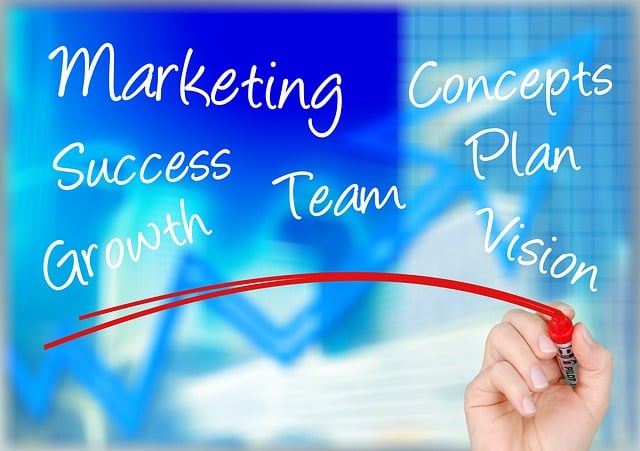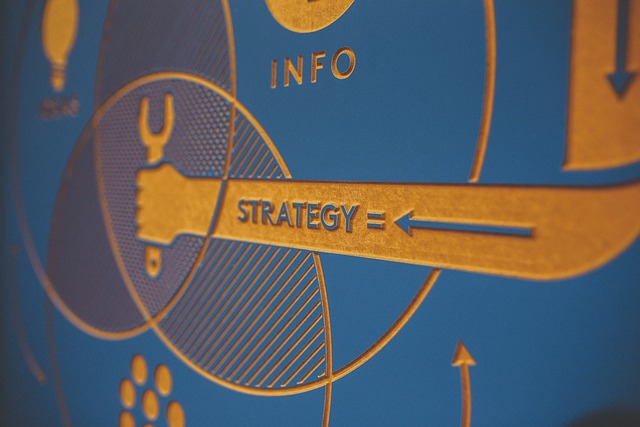AI-driven food photography optimization is revolutionizing the culinary imaging industry by leveraging advanced algorithms and machine learning models to analyze consumer preferences, predict trends, and enhance visual content. This results in efficient production of high-quality visuals, reduced retouching time and resources, consistent branding, and personalized content tailored to specific audiences, ultimately driving engagement and sales. Robust AI governance frameworks are crucial for maintaining ethical practices, addressing data privacy, algorithmic bias, and intellectual property rights, ensuring truthfulness and enhancing consumer trust while transforming business applications in the food industry through streamlined content creation pipelines.
In today’s visual-centric world, AI-driven food photography optimization has become a game-changer for businesses. This article explores the core concepts and benefits of leveraging AI in enhancing food photography, providing an ethical and efficient framework for optimal results. We delve into practical implementations and successful case studies, showcasing how AI governance can revolutionize the process, from improving image quality to streamlining workflows. Discover how these strategies are reshaping the landscape of food photography, ensuring both artistic excellence and operational efficiency.
- Understanding AI-Driven Food Photography Optimization: The Core Concepts and Benefits
- Implementing AI Governance Frameworks for Ethical and Efficient Use in Food Photography
- Case Studies: Success Stories of AI Governance in Enhancing Food Photography Quality and Process
Understanding AI-Driven Food Photography Optimization: The Core Concepts and Benefits

AI-driven food photography optimization is transforming the culinary imaging industry by leveraging advanced algorithms to enhance visual content. The core concept revolves around using machine learning models to analyze vast datasets, understand consumer preferences, and predict trends in food aesthetics. These models can then guide photographers in capturing visually appealing images that align with market demands.
The benefits of AI-driven optimization are multifaceted. It enables efficient production of high-quality visuals, reduces the time and resources required for image retouching, and ensures consistent branding across various platforms. Furthermore, it allows for personalized content creation by tailoring images to specific target audiences, ultimately driving engagement and sales in the food industry.
Implementing AI Governance Frameworks for Ethical and Efficient Use in Food Photography

In the realm of AI-driven food photography optimization, implementing robust governance frameworks is paramount to ensure ethical and efficient practices. These frameworks serve as a crucible for guiding the responsible use of artificial intelligence in an industry where visual appeal and authenticity are paramount. By establishing clear guidelines and standards, businesses can navigate the complex landscape of AI technology, addressing concerns related to data privacy, algorithmic bias, and intellectual property rights.
Efficient AI governance in food photography involves defining roles and responsibilities, implementing robust data management protocols, and fostering a culture of transparency. This includes regular audits of AI models to ensure they align with ethical standards, as well as the integration of human oversight mechanisms. Such practices not only enhance the quality and consistency of food imagery but also build trust among consumers, ensuring that the visual content remains truthful and unbiased.
Case Studies: Success Stories of AI Governance in Enhancing Food Photography Quality and Process

In the realm of AI business applications, AI governance frameworks play a pivotal role in harnessing the potential of artificial intelligence while ensuring ethical and responsible use. One compelling example of successful AI governance in action is its impact on the food industry, particularly through AI-driven photography optimization. Case studies reveal that implementing AI algorithms has significantly enhanced the quality and efficiency of food photography processes.
By leveraging machine learning models, food photography studios have achieved remarkable results, including sharper images, improved lighting, and consistent visual standards. These AI frameworks analyze vast datasets to identify optimal shooting angles, lighting conditions, and composition techniques. As a result, businesses can streamline their content creation pipelines, enabling faster production times without compromising on the final product’s aesthetic appeal. This not only benefits food brands by reducing costs but also enhances consumer experiences through visually appealing and consistent marketing materials.
AI governance frameworks play a pivotal role in ensuring the ethical and efficient implementation of AI technologies, particularly in visually-centric industries like food photography. By understanding the core concepts and benefits of AI-driven food photography optimization, businesses can harness its potential to elevate their content. The case studies presented demonstrate that thoughtful AI governance can not only enhance image quality but also streamline workflows, making it an indispensable tool for modern food photography practices. Embracing these frameworks is a step towards a more responsible and productive future in visual media.
